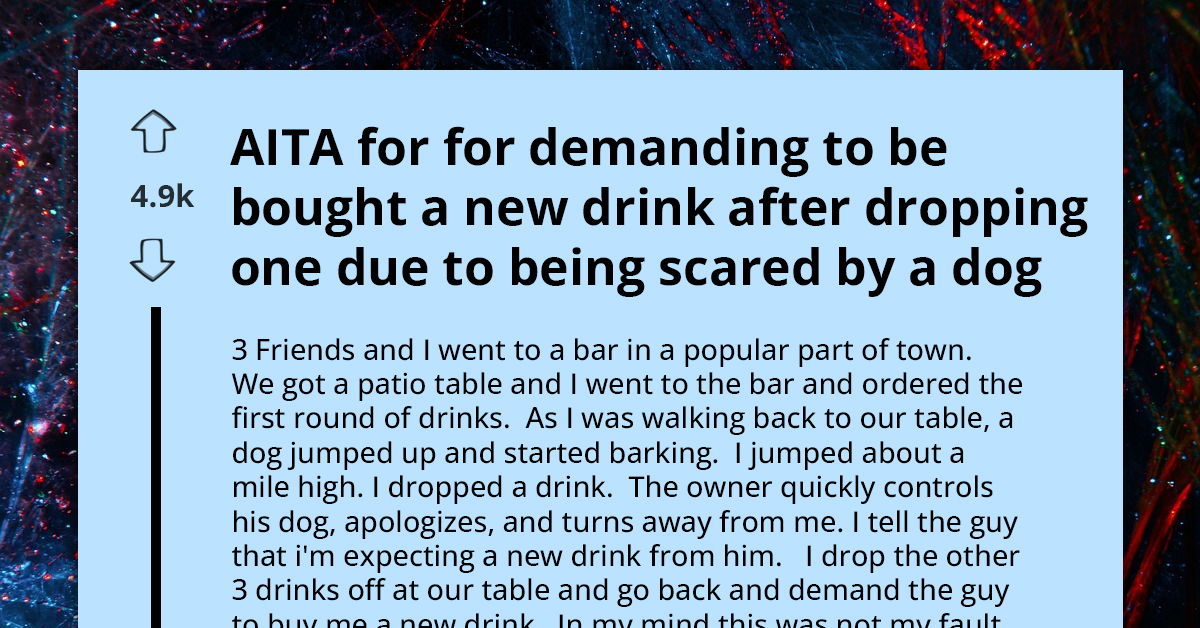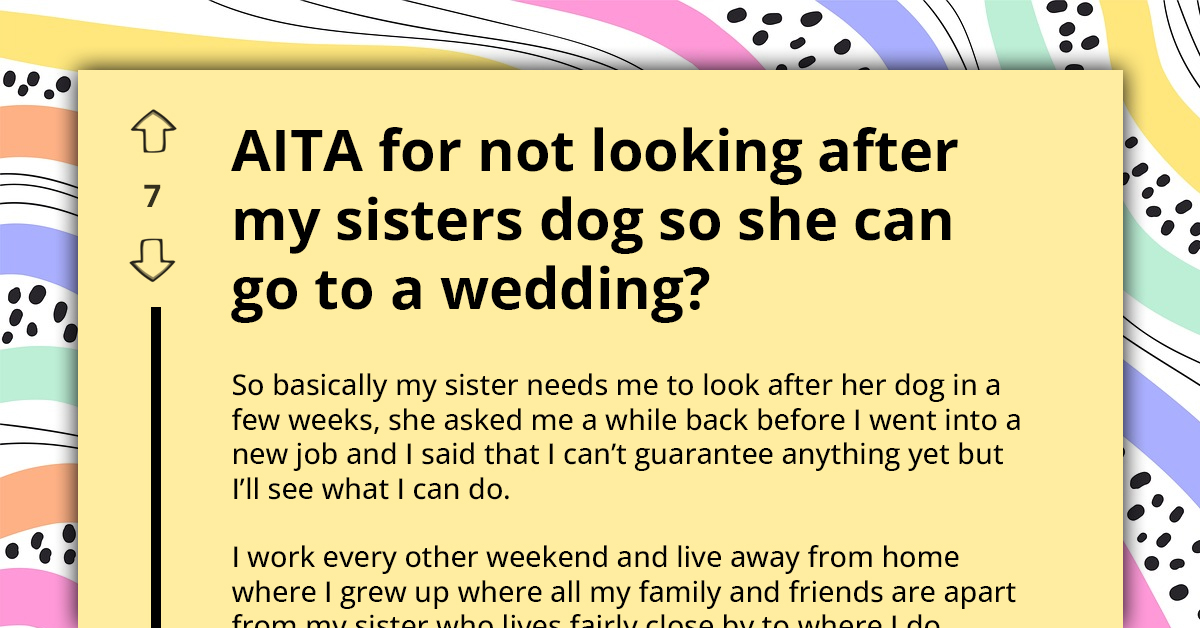Fur Parents On Reddit Were Furious About A Dog Groomer Who Left A Serious Injury To A Pup Saying He Was 'Nicked'
A canine or feline companion is considered a member of the household by the majority of us. As a fur parent, you cannot fathom what your life would have been like without your pets. What are the repercussions of entrusting your animal companion to a service that turns out to be unreliable?
Who should you contact if your pet sustains an injury while being groomed? Where do you go to get assistance?
To begin, we don't want to give the impression that groomers have any malicious intent toward your animal companion. Great dog groomers can be found almost anywhere you look; most of them are animal lovers who take pleasure in grooming.
Most of the time, a dog grooming visit is completely incident-free as all goes well. On the other hand, it is possible for a pet to sustain injuries while being groomed.
There is a good chance that if you own a dog or cat, you have taken your animal to the groomer or the veterinarian and trusted that they would be fine until you came back to take them home. However, in these many grooming sessions, there is still a chance that something will go wrong.
Many accounts have been found where dogs were hurt while being groomed, which is unfortunate, but a skilled groomer will do their best to mitigate any harmful effects. However, there are times when it is merely an innocent mistake, and the unfortunate reality is that there are also terrible stories involving severe cases.
How the injury happened at a dog groomer.
"As my wife is holding him on the way out, his foot is bleeding all over her shirt. When she gets in the car and takes a closer look, one of the paw pads on his foot is hanging off," OP shared on this Reddit community.

#1 That newbie should have been supervised.

#2 How did she get the job in the first place?

Trust is a foundational element in our relationships, and this is especially true when it comes to the care of our pets. According to research published in the Journal of Applied Animal Welfare Science, pet owners often experience a deep emotional bond with their animals, which can lead to heightened anxiety when those pets are placed in the care of others. This emotional connection can amplify feelings of betrayal and anger if a trusted groomer fails to provide adequate care. Understanding the psychological impact of this trust can help groomers and pet owners alike appreciate the emotional stakes involved in these interactions.
Furthermore, the concept of 'emotional contagion,' where one person's emotional state can affect another, also plays a vital role in these situations. A groomer who is calm and attentive may foster a sense of security in both the pet and its owner, while a stressful environment could exacerbate anxiety levels.
#3 Refund and cover vet bills.

#4 Well, the answer is too obvious.

#5 The fact that she acted like it was nothing?

The Role of Attachment Styles
The dynamics of trust in pet care can also be explained through attachment theory. Developed by Dr. John Bowlby, this psychological framework suggests that early relationships shape our expectations and behaviors in adult relationships, including those with our pets. Individuals with secure attachment styles are likely to feel more comfortable leaving their pets with others, while those with anxious or avoidant styles may struggle with feelings of distrust and anxiety. According to Dr. Mary Main's research on attachment styles, these patterns influence how individuals react to perceived threats, including harm to loved ones.
This framework can provide valuable insights for groomers, who might benefit from training that emphasizes understanding pet owners' emotional needs. By recognizing the signs of anxiety in pet parents, groomers can take proactive steps to reassure them, thereby fostering a more trusting relationship.
#6 Judgment covered.

#7 The mistake must be addressed or it can be repeated.

#8 This groomer should not be grooming!

In the context of pet care, the emotional fallout from an injury can also trigger a broader response known as the 'displacement effect.' According to Dr. Kristin Neff, a leading researcher in self-compassion, "When individuals feel vulnerable or threatened, they may redirect their anger or frustration towards unrelated targets." This means that a fur parent upset about their pet's injury might lash out not only at the groomer but also at other service providers, friends, or even family members. This reaction underscores the importance of addressing grievances constructively. Groomers should be trained to manage complaints effectively, using active listening and empathy to defuse emotionally charged situations and prevent escalation, as emphasized by Dr. Ramani Durvasula, a clinical psychologist who states, "Empathy can transform conflict into understanding."
#9 At least let the owner know.

#10 Yeah? How did she qualify?

#11 Petition to fire that groomer!

Practical Steps for Pet Owners
For pet owners, establishing a clear line of communication with groomers can significantly mitigate anxiety and foster a sense of security. Researchers have found that open dialogue can enhance trust and cooperation in service relationships (see Duncan et al. 2020). One practical recommendation is for pet owners to ask detailed questions about the grooming process, including safety measures taken and the groomer's experience with specific breeds.
Moreover, pet owners should consider conducting a preliminary visit to the grooming facility, allowing both themselves and their pets to acclimate to the environment. This can reduce anxiety and create a more positive experience for both parties, ultimately leading to better outcomes.
#12 This SHOULD be reported.

#13 They are absolutely responsible for footing the vet bills.

#14 Talk to the owner, RIGHT NOW!

Understanding the psychological principles of coping can also help pet owners navigate the aftermath of an injury. Research on coping strategies indicates that individuals who engage in problem-focused coping—actively seeking solutions and taking steps to address the situation—tend to experience better emotional outcomes than those who resort to avoidance (Folkman & Moskowitz, 2004).
In the case of a grooming injury, pet owners should take proactive steps such as documenting the incident, seeking veterinary advice, and reaching out to the grooming service for accountability. By focusing on what can be done to remedy the situation, owners can regain a sense of control and reduce feelings of helplessness.
#15 Reasonable.

#16 Accidents do happen, but groomers should be responsible.

#17 Is there a waiver? No?

The Impact of Social Media
Social media has transformed how we share experiences, including grievances about pet care services. According to Dr. Barry Schwartz, a choice researcher, "Platforms like Reddit can amplify emotional responses, providing a space for validation but also potentially escalating outrage." He emphasizes that public complaints can lead to significant reputational damage for businesses, particularly when they resonate with a community that feels similarly wronged. For groomers, understanding this dynamic is crucial. As Dr. Shawn Achor, a positive psychology researcher, notes, "Engaging with customers on social media, addressing concerns transparently, and showcasing positive testimonials can help rebuild trust and mitigate the impact of negative reviews." You can find more insights on these topics on their respective websites: Dr. Barry Schwartz and Dr. Shawn Achor.
#18 The groomer is negligent.

#19 This kind of groomer SHOULD BE the standard.

#20 Let them taste fear to at least learn from their mistake.

Finally, the concept of forgiveness can play a vital role in the healing process for pet owners who have experienced a grooming mishap. Research in the field of psychology indicates that forgiveness is associated with lower levels of stress and anxiety (Worthington & Scherer, 2004). When pet parents choose to forgive a groomer who made an error, it can lead to emotional release and a more constructive path forward.
Encouraging pet owners to engage in a reflective process about their experiences, considering the groomer's perspective and the potential for human error, can be beneficial. This doesn’t mean dismissing the injury but rather reframing the experience as an opportunity for growth and understanding.
When incidents like these happen, first and foremost, you need to get veterinary assistance for your animal companion. Remember that they are in discomfort and require medical attention.
Second, you need to make an effort to communicate with the groomer. Inquire about your pet's whereabouts, and seek professional legal advice if necessary.
Have you experienced similar cases in grooming your pet? Let us know in the comments below!
Psychological Analysis
The outrage expressed by pet owners in this situation highlights the profound emotional connection we have with our pets, often viewed as family members. When that trust is broken—especially in a vulnerable context like grooming—it can trigger intense feelings of betrayal and anxiety. This response is rooted in attachment theory, where our early experiences shape how we react to perceived threats, making it crucial for groomers to communicate openly and reassure anxious pet parents to help rebuild that trust.
Analysis generated by AI
Professional Assessment & Guidance
In summary, the emotional landscape surrounding pet care is complex and deeply rooted in psychological principles related to trust, attachment, and coping. Understanding these dynamics can empower both pet owners and groomers to navigate conflicts more effectively. As Dr. Tal Ben-Shahar, a happiness researcher, notes, "Effective communication and understanding can transform relationships, reducing anxiety and fostering trust." Ultimately, fostering an environment of mutual respect and understanding can lead to better outcomes for everyone involved, ensuring that the bond between pets and their owners remains strong, even in the face of challenges.



